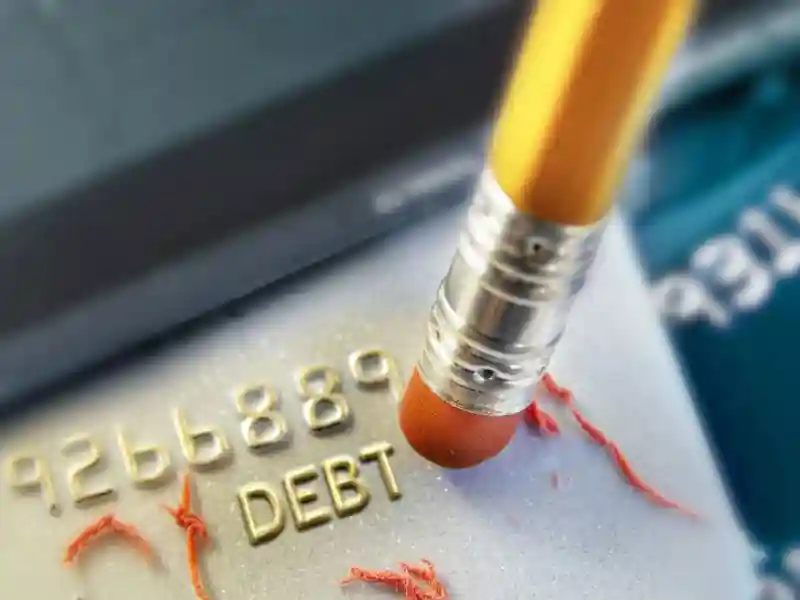
Looking back at our past selves can feel like stepping into a time warp. But while our outdated hairstyles and cringeworthy fashion choices might make us chuckle, reexamining past financial decisions might not seem so funny — especially if they have taken a toll on our credit score. Fortunately, if your credit isn’t currently where you want it to be, there are ways to rebuild it and open up greater possibilities for your future self.
Knowledge Is Power
The first step toward getting your credit back on track is knowing exactly where it stands today. While you might not relish the idea of assessing any credit damage, it’s essential to confront reality head-on. You may even catch mistakes on your report, which means you can then take steps to fix them. Once you know your current score, many credit monitoring services and financial planning sites have online credit simulators that can show how your score might change if you were to open or close an account, pay or settle a debt or take some other action.
Make the First Move
Gaining awareness of your current credit status is an important first step, but the knowledge you gain is only beneficial if you use it. You may want to start by reaching out to creditors directly to see if they are willing to work with you. Options might include setting up an affordable payment plan or consolidating multiple debts into a single payment at a lower interest rate.
Assemble Your Team
There are many available resources that you can tap to manage your debt and credit profile, from credit monitoring services to nonprofit credit counselors like the National Foundation for Credit Counseling. And while consumers used to be limited to annual reports, services such as AnnualCreditReport.com provide free credit reports up to once per week. You may even have access to advisory services through your company retirement plan.
Consider Bankruptcy as a Last Resort
Bankruptcy is one of the biggest and potentially longest-lasting hits to your credit score. It will stay on your report for 7–10 years. Bankruptcy hurts your ability to borrow, and it can lead to asset loss if some of your debts are not dischargeable (and not all are). So, if you’re considering bankruptcy, explore all your other options first.
Developing Good Credit Habits
After assessing where and how things got off track, you’ll want to establish new spending and borrowing habits to start rebuilding your credit. Most importantly, stay up to date on your payments, and use credit responsibly. While it can be tempting to tap a recently paid-down credit card for a big splurge, keep in mind that as of January 2024 the average interest rate was more than 24%, which can ratchet up your total balance quickly.
Revamping Your Credit Is a Process
Financial missteps aren’t like unfortunate fashion choices that can reappear on your social media feed. They can cause lasting damage to your credit score, making it more difficult to borrow money or get a good rate on a mortgage, business loan, car loan or credit card. Recovering your credit profile is a little like growing out a bad perm — it takes time, but it will happen. With patience, perseverance and careful planning, you can leave bad credit in the past and step into your future with greater confidence and financial freedom.
Sources